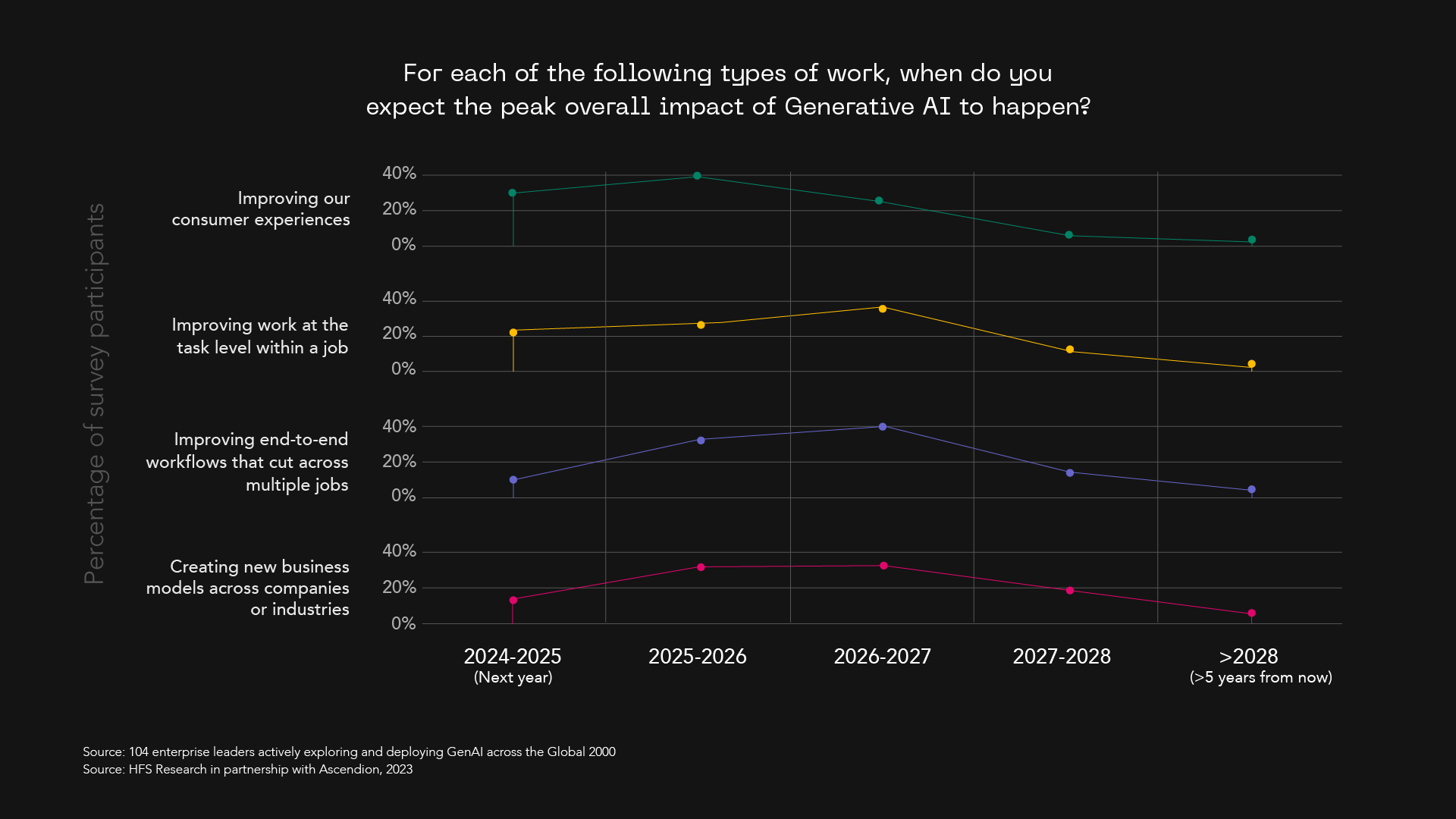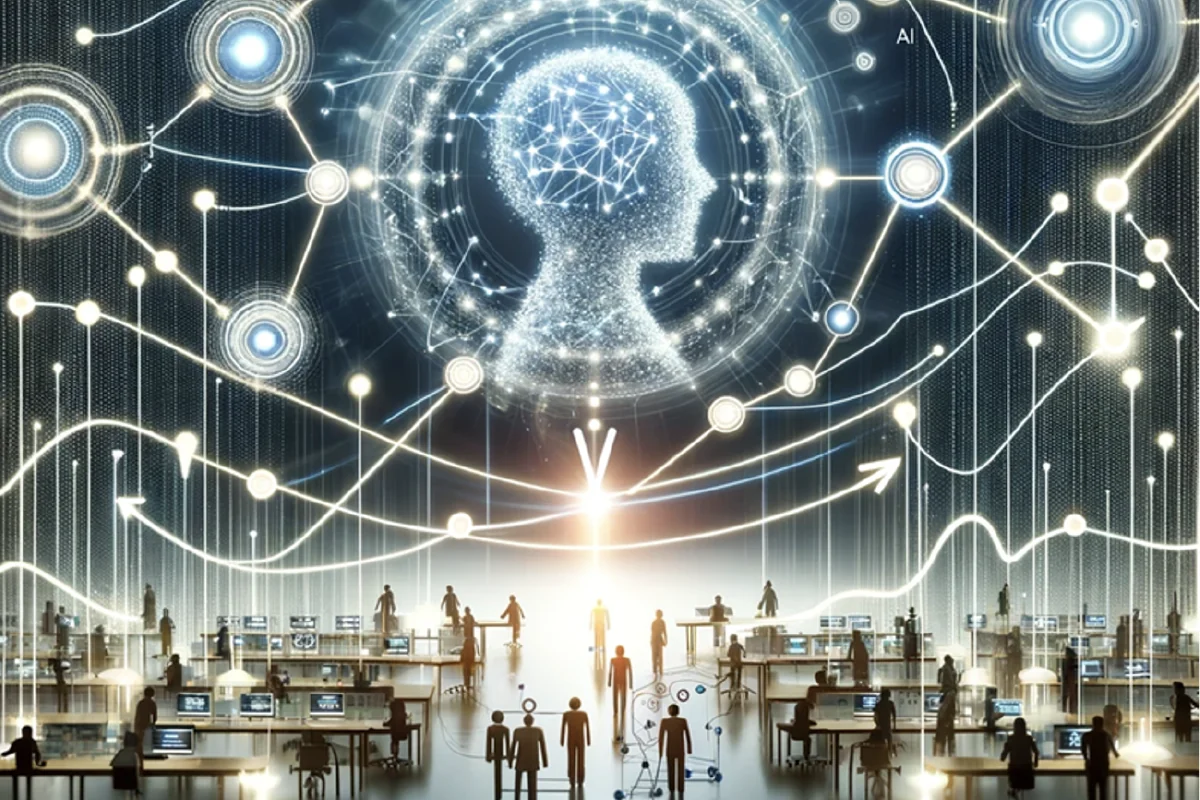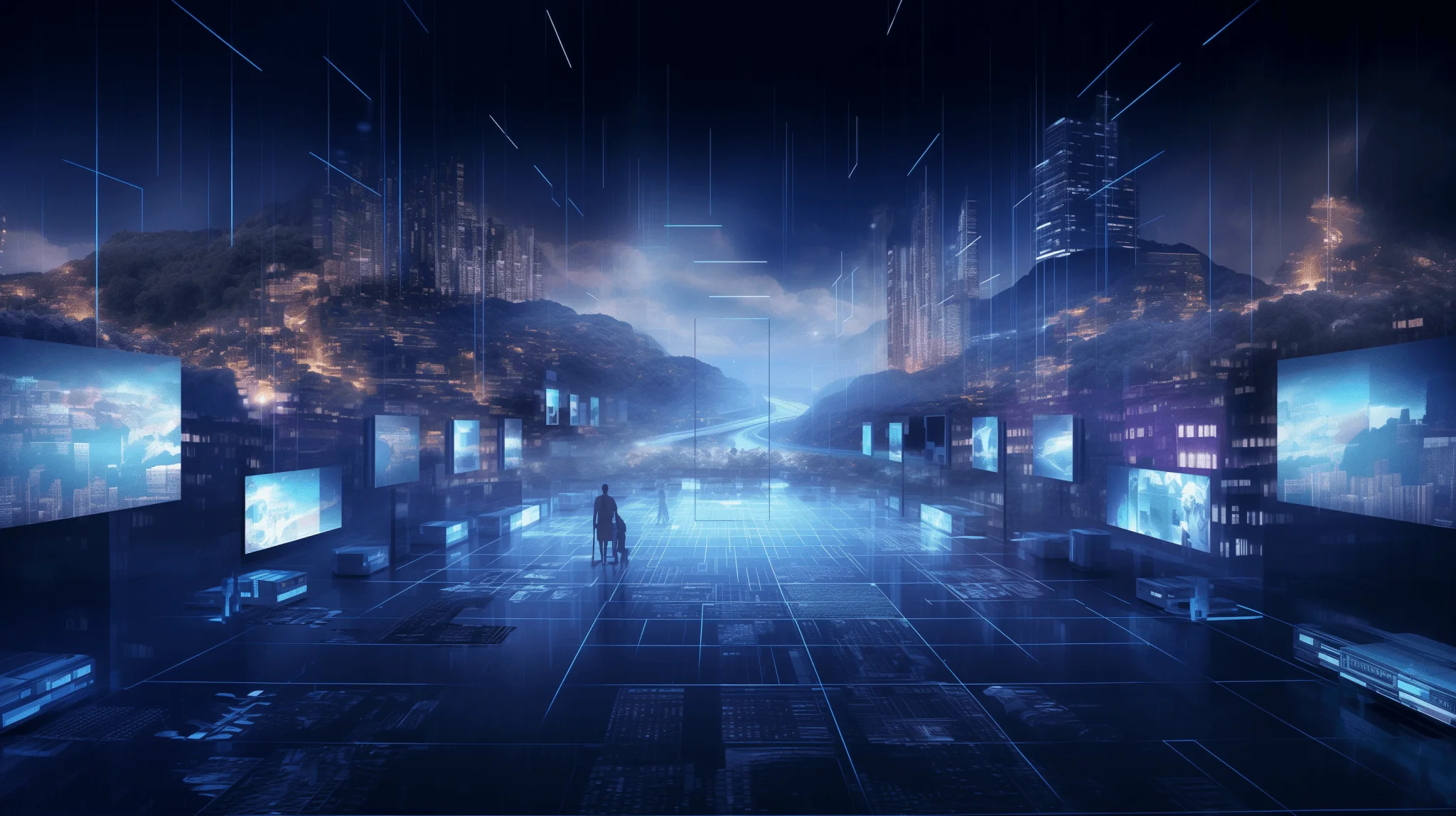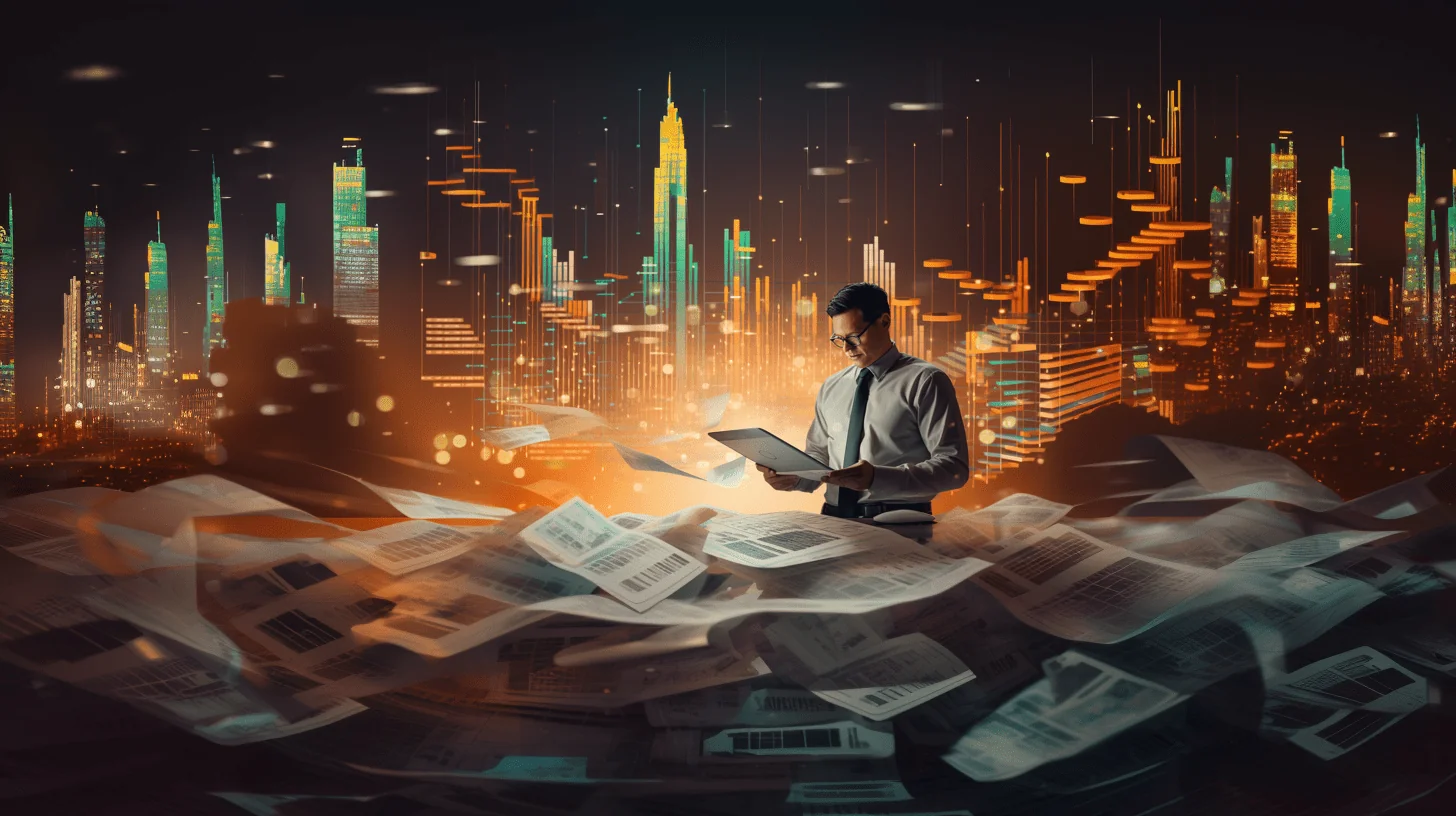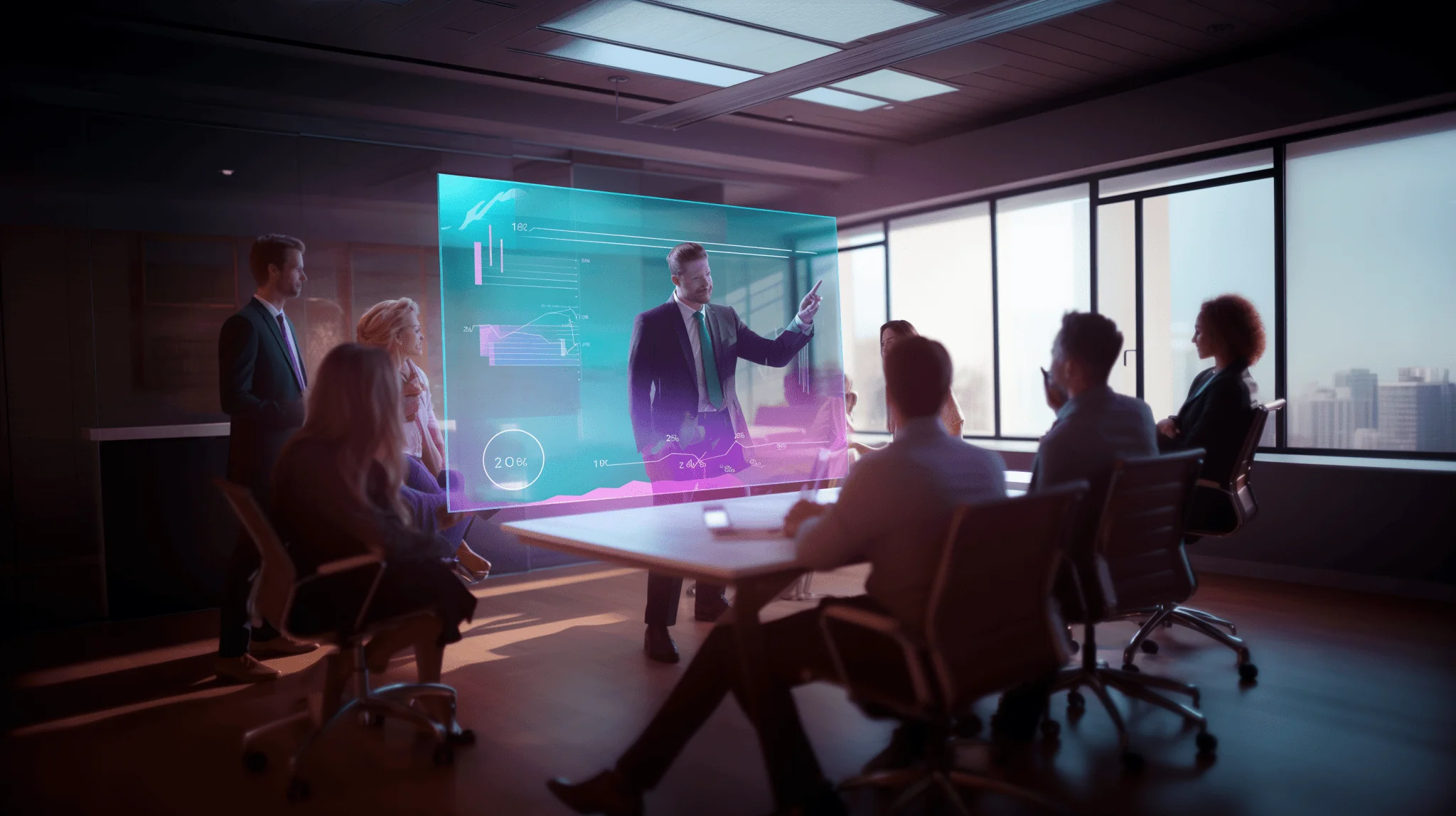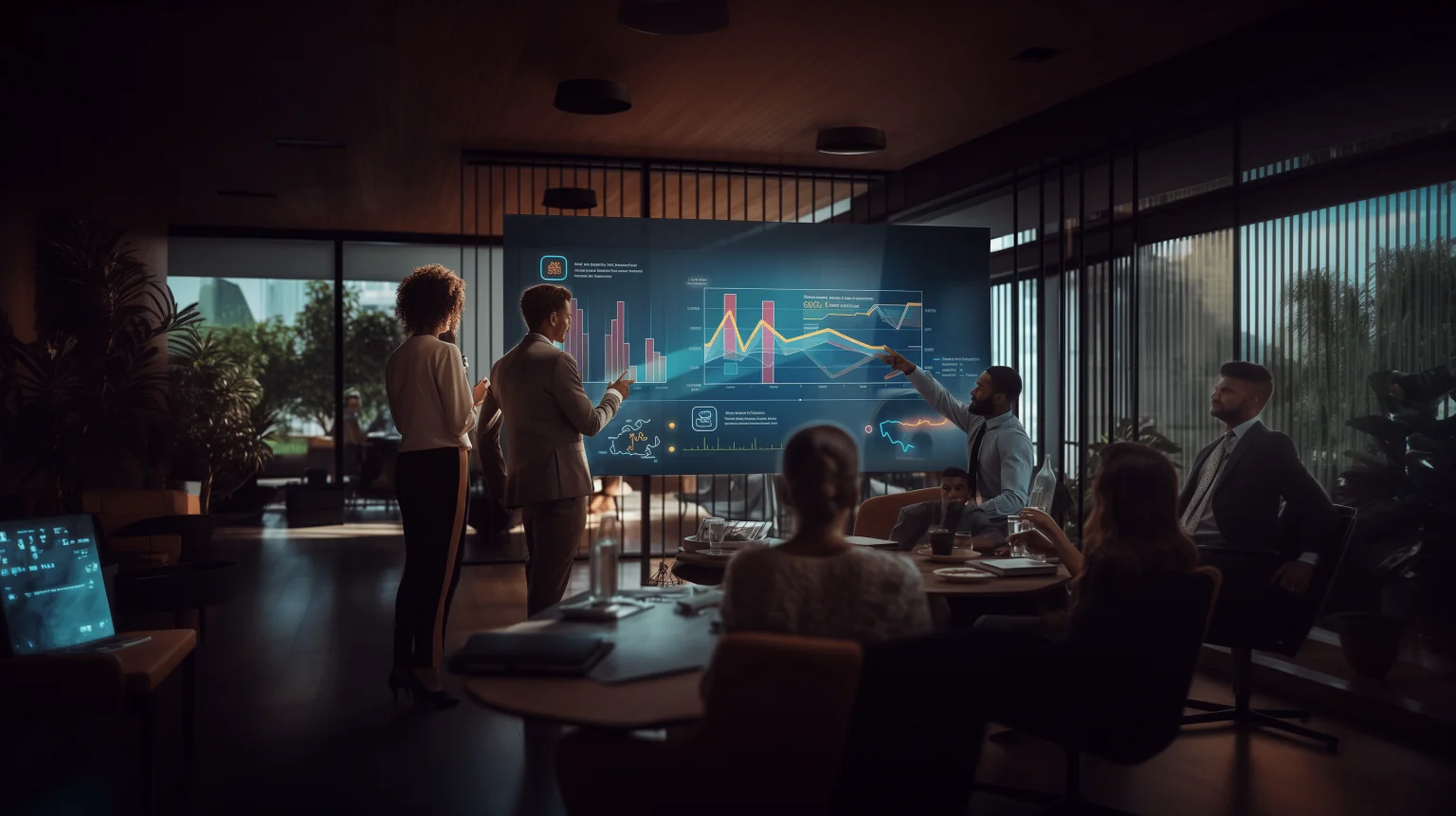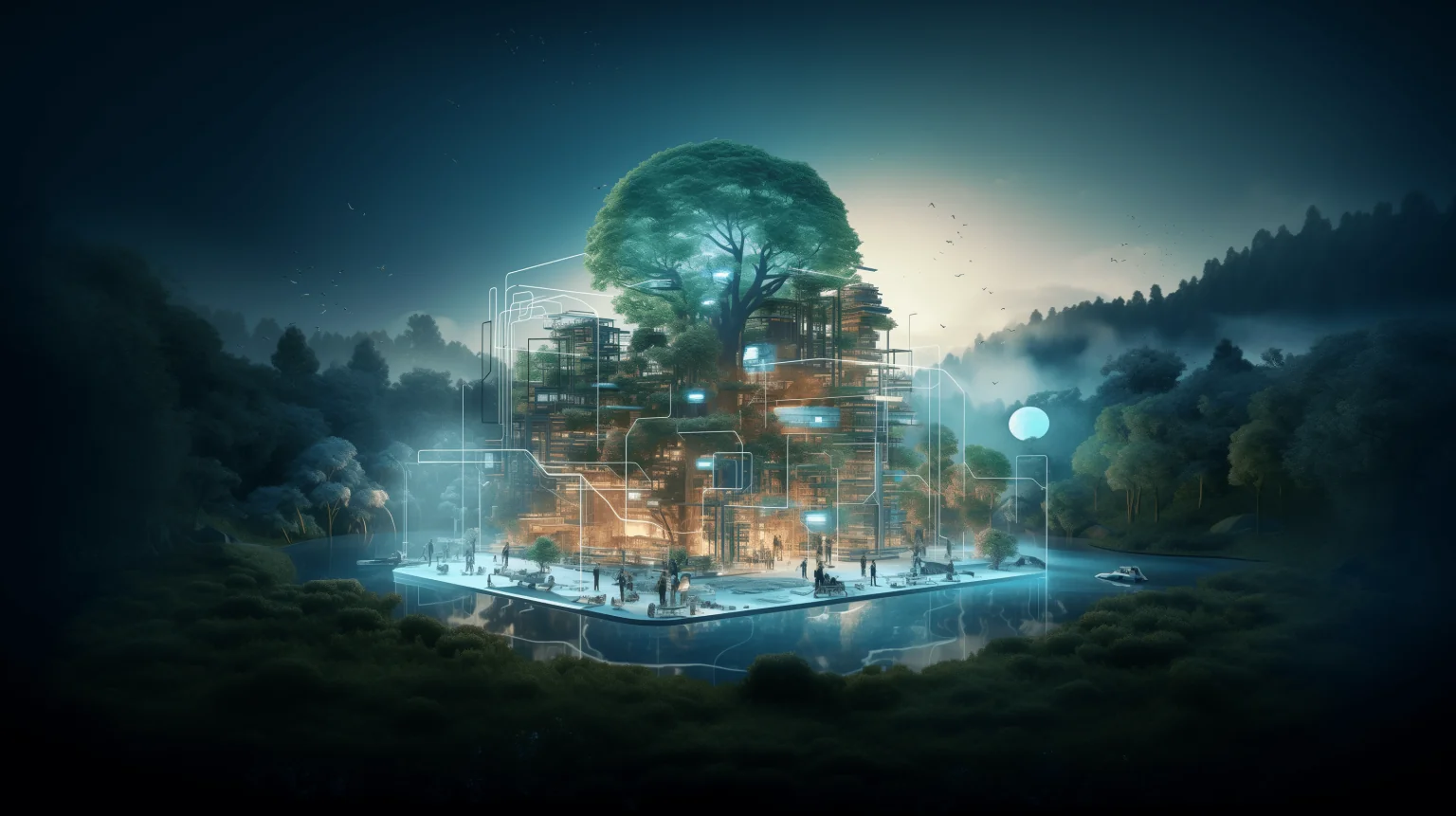When will GenAI have its peak impact on tasks, workflows, experience, and business models?
Most current studies don’t try to get at when a certain kind of business impact will take place. It’s a bit unfortunate. Timing is the number-one variable for virtually every strategic decision, so we asked a cohort of superstar early innovators what they thought.
Even the most impactful business and technology shifts don’t happen overnight. We can look at earlier revolutions, or we can stick to common memory. The “cloud” started becoming The Next Big Thing in the late 90s-and we’re still on that journey. You get the picture.
AI ripples in the business pond
Early-movers in generative AI (GenAI) solutions see value impact playing out in a pattern constant with history. Like pebbles being dropped in a pond, GenAI will impact very specific experiences and tasks at the beginning.
Most respondents think the impact on consumer experiences will peak in the next few years (see Exhibit 1). This will help early adopters improve customer engagement, drive growth, and set expectations for more adaptive and personalized commercial engagements. Brand equity will rise for the winners and deflate for late adopters.
Task-level solutions will also be part of the first wave of value generation. For value chains within firms of nearly every sector-point by point, step by step-GenAI will reshape how work gets done, slowly changing the productivity curve day after day.
Points, waves, and fields: The new physics of the enterprise
Think of this shift rolling out first as single points as GenAI delivers impact at the level of a specific work task or consumer experience.
As these points grow in number, like daubs of paint in a pointillist painting, the bigger picture emerges. Tasks connect to form jobs, which will become much more productive.
Think of these emerging pictures as waves of enhancement flowing across your enterprise job by job. Jobs will change at different rates depending on the work being done-GenAIwon’t fix your leaky toilet (though its multi-model capabilities will show you how if you show it the problem)-but for virtually every knowledge worker, things will be different.
New business models will emerge as AI re-shapes commerce and capitalism
As jobs become increasingly AI enabled and workers become AI enhanced, jobs will connect, and the business will shift. New business models will form as AI reshapes commerce and capitalism. In physics terms, think of this as new “fields” emerging over time (but not too much time).
“The last horizon for GenAI for me is the creation of wholly new, highly disruptive business models. When the Ford Model T was produced, entirely new industries emerged-like the tire industry. We’re in the middle of that phase with GenAI-the phase in which the Ford Model T has been created. What’s our modern-day version of the tire industry? What’s our version of the gas station industry? While the answer remains to be seen, that’s the shift in mindset that must take place. That is where you must be willing to bet on the new. It’s also the place where most people stop. – Andy Fanning, Vice President and Global Leader for Gen AI, Intelligent Automation and Tech Innovation at Evernorth Health Services.”
This is no fever dream or mythical future; the GenAI transformation is happening today
This probably sounds like something from an Ayahuasca retreat, but the impact of the GenAI transformation is getting very real. Just consider healthcare. There are hundreds of jobs (comprised of thousands of tasks) and workflows across jobs and divisions that make a healthcare company run. Primary workflows include drug discovery, clinical trials, and pharmacovigilance.
Already, innovators are using GenAIto discover and design new drugs to keep us healthy. Others are leveraging AI to improve clinical trials. Still others are using generative AI to help identify adverse drug events. GenAI-driven innovation is not a fever dream or a mythical future; it is happening today.
Our early adopters think the peak impact of GenAIwill happen in the next five years, so don’t sleep on this big idea. Look out beyond your own company. As jobs in your firm morph from industrial economy to digital economy processes, start looking at what this change means outside the borders-physical, digital, and cultural-of your own firm. New business models and partnerships that cut across traditional industry and company boundaries will emerge. Unless you work for Google, AWS, Anthropic, or Microsoft, you should start small but do not wait.
The Bottom Line: Find your wow moments, and start making waves.
Don’t bet the house on “automation.” Do seek out moments of friction where GenAI, by manipulating more data than you can imagine, can enhance consumer and worker value chains.
Find your own “wow” moments as something that took six hours or six days now takes 30 seconds. Knit those moments together until the ripples form a wave. Watch as jobs are profoundly changed as the people doing the work become more and more productive, focusing.
About this research
Your Generative Enterprise™ playbook for the future is a HFS Research and Ascendion research program based on more than 20 in-depth interviews and a survey of more than 100 C-suite leaders and practitioners with first-hand experience implementing GenAI in organizations.
Watch out for more, and join us on the journey at Ascendion and HFS Research to access all our research findings.


